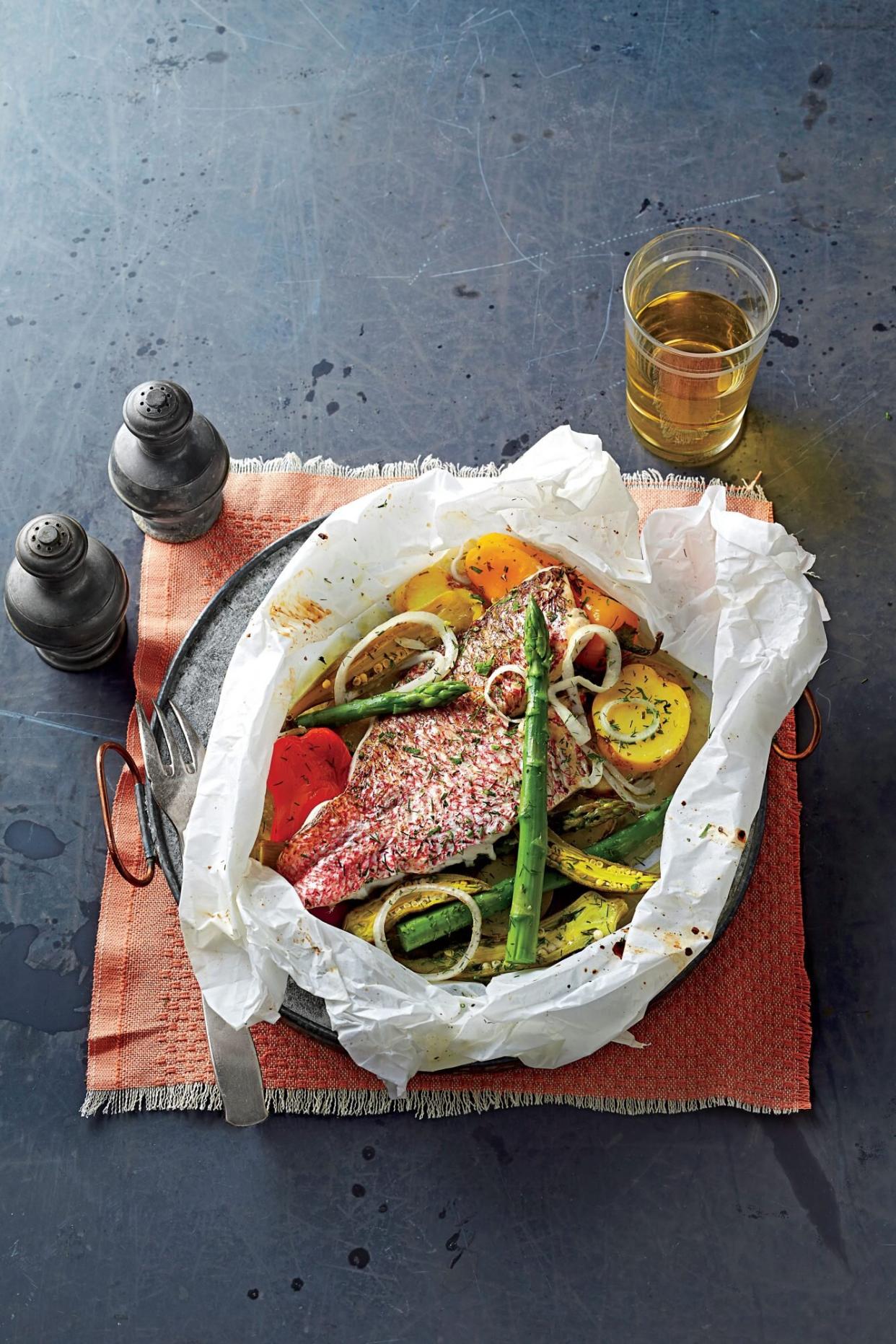This is the History of Yellowtail Snapper in Southern Cooking

Hector Sanchez
The yellowtail snapper, or Ocyurus chrysurus, is a fish commonly found in Atlantic waters. It lives as far north as Massachusetts, though that is rare, and as far south as Brazil, but is concentrated around Florida and the Bahamas.
Fished commercially, the yellowtail snapper has been part of the Southern diet for decades, if not centuries. Because of where the fish is most common, around Florida and the Caribbean, it has been adopted into many different cuisines. English, Spanish, and African settlers and enslaved peoples and indigenous peoples have had an influence on how the fish has been used.
However, the fish can be found throughout the South and throughout Southern cuisine because of its easily fished nature. Unlike its cousin, the red snapper, the yellowtail snapper is not in danger of being overfished, which also makes it a viable choice for restaurant and home cooks alike.
You may also be interested in the below video.
The yellowtail snapper is similar to red snapper, and it has a mild flavor and firm flesh. The flavor of the fish is also similar to swordfish and grouper, making it a more economical choice for many Southern cooks, most of whom probably could not and still cannot afford those fish. These characteristics, flavor and economy, make it amenable to many different cooking methods, like grilling, frying, baking, poaching, and steaming.
When buying a yellowtail snapper, look for firm flesh. Smell the fish, too; it should not have an overly fishy smell. Bring the fish home and cook it any way you choose! The flesh is cooked through when it flakes easily, which is usually about 10 minutes per inch of thickness at about 350 degrees.
You Might Also Like: Our Favorite Seafood Suppers
Make ceviche, or put the fish into paella, or even roast the fish whole. Eat it knowing you are eating the same fish Southerners have been eating for centuries.

